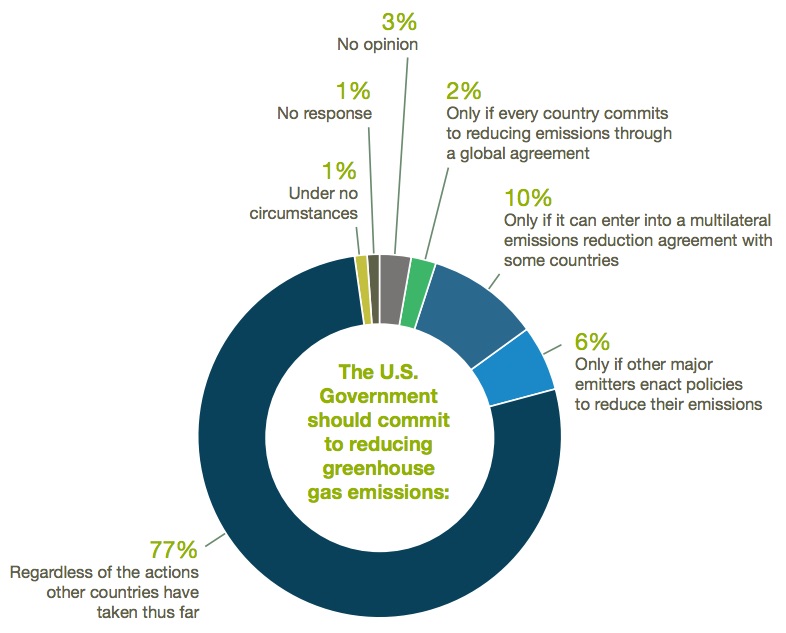Eli and
Tamino have posted about the obvious long time deviation of the lower troposphere satellite temperature records often called TLT. Eli and Steve Mosher, with friends and cynics have been doing a dosy do
at ATTP and
Rank Exploits.
It looks like either a) there is some aging effect in the AMSU receivers
or b) the atmospheric/surface composition has shifted in the last 15
years or so (e.g. less ice/ more water vapor) in a way that biases the
returns.
It started with
Nick Stokes looking at the trends of various temperature anomaly records
clearly showing that UAH 6.0 trends vary strongly for RSS and UAH 6.0 and the various surface records and UAH 5.6
In the midst of the usual ill tempered fro and to about trends at Rank Exploints, it struck Eli that there were really two questions, the long term trends about which much had been said, and the actual measurements which take place over a day or less and about much less has been said, at least in blogs and Congressional hearing, or even on the radio.
To get at this Eli compared the monthly variation in CRUTEM4 and RSS, showing that they were a pretty good overlay. Tamino showed both that on the short term (months) there was a perfect match between the UAH and RATPAC balloon sonde records but that they deviated starting in about 2000
Both comparisons show that while the climate system has a fair bit of variability on a monthly or a yearly basis (Hi Judy), the instrumental noise, e.g. the noise inherent in the measurement process is much smaller by comparison.
Eli's original POV was that the drift is most likely in the
AMSU satellites or the processing of the AMSU data.
Unanticipated aging of the receiver or the internal hot calibration target seems
to Eli most likely, although there might be something involving orbital
decay (less likely now because this caused a lot of trouble early on) or
even changing land/sea/ice patterns which affect the AMSU response.
However, upon reflection it appears equally likely that there has been some change in the atmosphere (humidity was suggested) or surface emissivity (Mosher's idea) that has befuddled the atmospheric model used by RSS and UAH. That the same effect is seen in RSS and UAH 6.0 indicates that the atmospheric models are idempotent or close.
That the break between the RSS and UAH records and the balloon sonde/surface temperature anomaly records come at the same time as the change over from the MSU to the AMSU, A standing for advanced, makes it hard to choose.
It is well known that the (A)MSU sensors have trouble with ice and snow as well as measuring over high land, so Eli, in his naivety, thinks that point by point comparison with temperatures measured by the (A)MSUs at specific locations might be useful and
Mosher has a project moving in this direction
also the weighting function relies on an assumption of a constant emissivity for earth. gimme a few days and I may be able to tell you if gridded delta’s between RSS and BE are correlated with changes in emissivity.
But, rather than go much further into this, Eli would like to point out how this discussion has been mind bending.
A principal attack on RSS and UAH has been that the measurements are five km or so up there and we live on the surface. The short term global comparisons that Eli and Tamino have done shows that the precision of the (A)MSU measurements as estimates of immediate global temperature are pretty good.
The question now is whether the long term drift is engineering or science
Extending the comparisons between surface, balloon sonde and satellite measurements to specific regions and a daily basis will really nail the precision and maybe the source of drift. Opportunity exists for using aircraft platforms (research and commercial) to even improve on this and, of course there is the
Taiwanese/US COSMIC GPS occultation program.
Closing the loop on temperature anomaly measurements is within our reach. At that point each of the methods will support confidence in the other and the strengths of each will allow a deeper understanding of the climate system.
ADDED: In the comments Eric Swanson posted a table which Blogger could not handle really well, of trends. Here it is prettified.














It turns out that there are many opportunities for changes, including changes in emissivity of the target coatings. One of the secret sauces in analysis of AMSU returns is figuring out on station the non-linear gain of the antenna from the two calibration points. Scott Church made a long study of the AMSU system which describes the mess best described as TL:DR, but the bottom line has a name, Instrumental Body Effect. There is certainly enough room for all sorts of mischief.
Tell Eli about the gold standard.